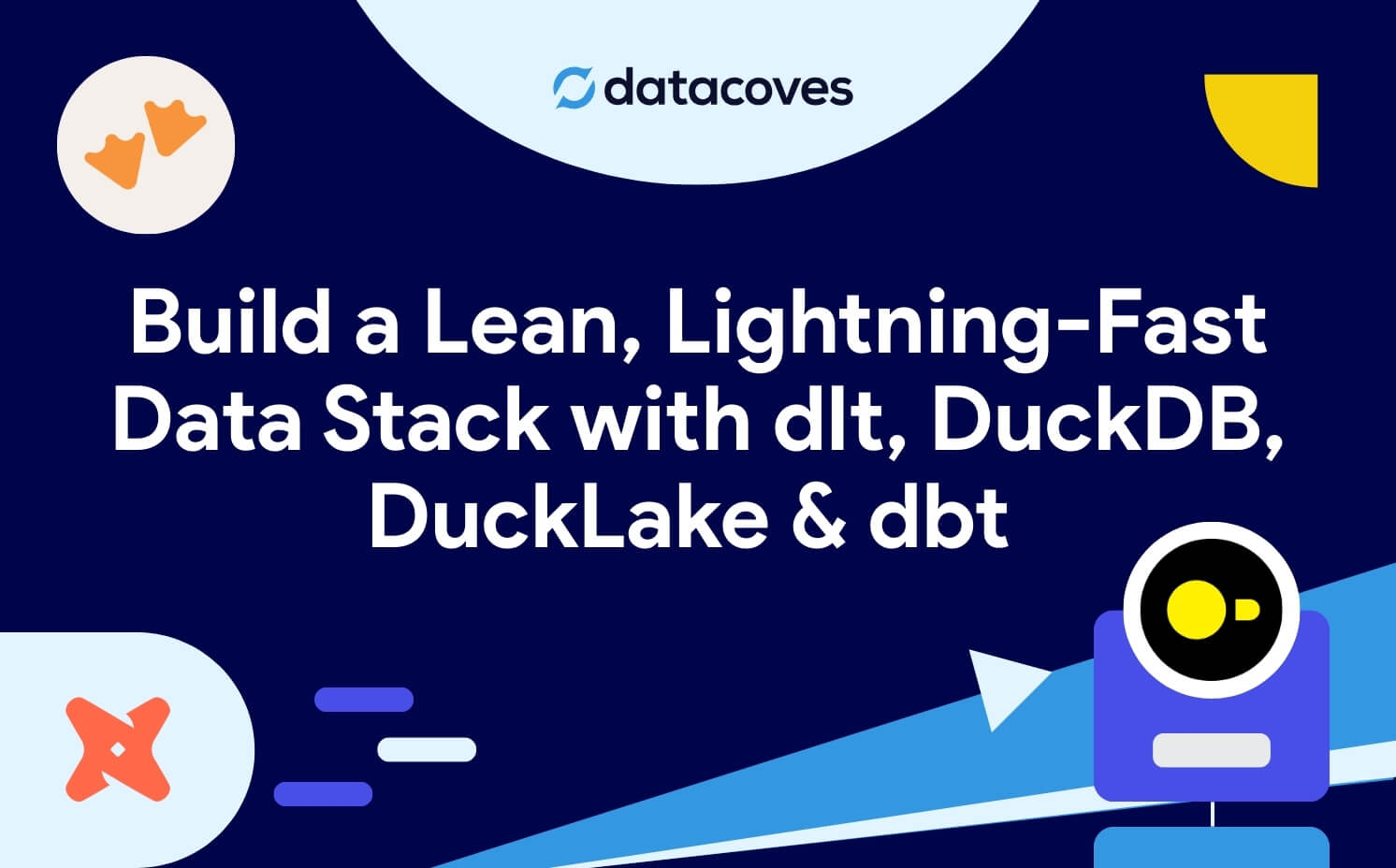Implementing dbt (data build tool) can revolutionize your organization's data maturity, however, if your organization is not ready to take advantage of the benefits of dbt it might not be the right time to start. Why? Because the success of data initiatives often hinges on aspects beyond the tooling itself.
Many companies rush into implementing dbt without assessing their organization’s maturity and this leads to poor implementation. The consequences that come from a poorly implemented dbt initiative can leave the organization frustrated, overwhelmed with technical debt, and wasted resources. To avoid these pitfalls and ensure your organization is truly ready for dbt, you should complete an assessment of your organization's readiness by answering the questions presented later in this article.
What is Data Maturity?
Before diving into the maturity assessment questions, it’s important to understand what data maturity means. Data maturity is the extent to which an organization can effectively leverage its data to drive business value. It encompasses multiple areas, including:
Data-Driven Culture: Fostering an environment where data is integral to decision-making processes.
Data Quality: Ensuring data is accurate, consistent, and reliable.
Data Governance: Implementing policies and procedures to manage data assets.
Data Integration: Seamlessly combining data from various sources for a unified view.
A mature data organization not only ensures data accuracy and consistency but also embeds data-driven decision-making into its core operations.
How dbt Improves Data Maturity
By leveraging dbt's features, organizations can significantly enhance their data maturity, leading to better decision-making, improved data quality, robust governance, and seamless integration. For example:

Data-Driven Culture: By using dbt, you can improve many aspects that contribute to creating a data-driven culture within an organization. One way is by encouraging business users to be involved in providing or reviewing accurate model and column descriptions which are embedded in dbt. You can also involve them in defining what data to test with dbt. Better Data Quality will improve trust in the data. More trust in the data will always lead to more frequent use and reliance on it.
Data Quality and Observability: dbt enables automated testing and validation of data transformations. This ensures data quality by catching issues like schema changes or data anomalies early in the pipeline. As your data quality and data observability needs grow you can assess where you are on the data maturity curve. For example, in a sales data model, we can write tests to ensure there are no negative order quantities and that each order has a valid customer ID. With dbt you can also understand data lineage and this can improve impact and root cause analysis when insights don’t seem quite right.
Data Governance: dbt facilitates version control and documentation for all transformations, enhancing transparency and accountability. Organizations can track changes to data models ensuring compliance with data governance policies.
Data Integration: dbt supports the integration of data from multiple sources by providing a framework for consistent and reusable transformations. This allows for the creation of unified data models that provide a holistic view of business operations.
dbt Readiness Assessment
Now that we understand what data maturity is and how dbt can help improve it, you might be ready to jump on the dbt bandwagon. But first, we encourage you to assess your organization’s readiness for dbt. The journey to data maturity involves not only choosing the right tools but also ensuring that your organization is philosophically and operationally prepared to take full advantage of these tools. It is important to recognize that dbt’s approach requires a shift in mindset towards modern data practices, emphasizing transparency, collaboration, and automation.
To determine if your organization is mature enough for dbt or if dbt is the right fit, consider the following assessment questions:
Are you philosophically aligned?
dbt requires a philosophical alignment with its principles, such as ELT (Extract, Load, Transform) instead of the traditional ETL (Extract, Transform, Load) approach. dbt is also based on idempotency meaning that given the same input, you will always get the same output. This is different than traditional ETL that may use incompatible constructs like Auto-Incrementing Primary Keys. If your organization prefers processes that are incompatible with dbt’s methodology, you will face challenges fighting the dbt framework to make it do something it was not intended to do.
Are you just going to do a lift and shift?
Simply migrating existing processes and code to dbt without rethinking them won’t leverage dbt’s full potential. Assess whether you’re ready to redesign your workflows to take advantage of dbt’s capabilities such as incremental tables, snapshots, seeds, etc.
Are you going to take advantage of features like data quality and documentation?
dbt offers excellent features for data quality and documentation. Evaluate if your team is prepared to prioritize the utilization of these features to enhance transparency and trust in your data. Tests and model descriptions will not write themselves. When it comes to good descriptions, they shouldn't come from a data engineering team that does not know how the data is used or the best data quality rules to implement. Good descriptions must involve business user review at a minimum.
Are you going to open up dbt to teams outside of IT?
The goal of dbt is to empower various teams including IT and business users by using the same tooling. Consider if your organization is ready to foster this cross-functional collaboration. When you implement dbt correctly, you will empower anyone who knows SQL to contribute. You can have multiple teams contribute to the insight delivery process and still ensure proper governance and testing before updating production.
Are you going to automate processes like deployment and testing?
Automation is key to achieving efficiency with dbt. Implementing automated deployment, testing, and CI/CD pipelines can significantly improve your workflows. If you aren’t ready to automate, the benefits of dbt may not be fully realized. If you simply put in dbt without thinking about the end-to-end process and the failure points, you will miss opportunities for errors. The spaghetti code you have today didn't happen just because you were not using dbt.
Are you changing more than just tooling?
dbt is a framework, not a silver bullet. Merely changing tools without altering your underlying processes will not solve existing issues. This is a huge issue with organizations that have not done the work to create a data-driven culture. Assess if your team is ready to adopt better naming conventions and more structured processes to make data more understandable.
Conclusion
Data immaturity might manifest as a reliance on manual processes, lack of data quality controls, or poor documentation practices. These factors can derail the effective implementation of dbt since dbt thrives in environments where data practices are robust and standardized. In other words, dbt alone will not solve these problems.
Ensuring your organization is ready for the changes that come with implementing dbt is not just best practice, it is essential for success. By thoroughly assessing your readiness, you can avoid technical debt, optimize your workflows, and fully harness the power of dbt. Remember, dbt is a powerful tool, but its effectiveness depends on the readiness of your organization to improve data practices and its alignment with dbt’s philosophy.



-Photoroom.jpg)




